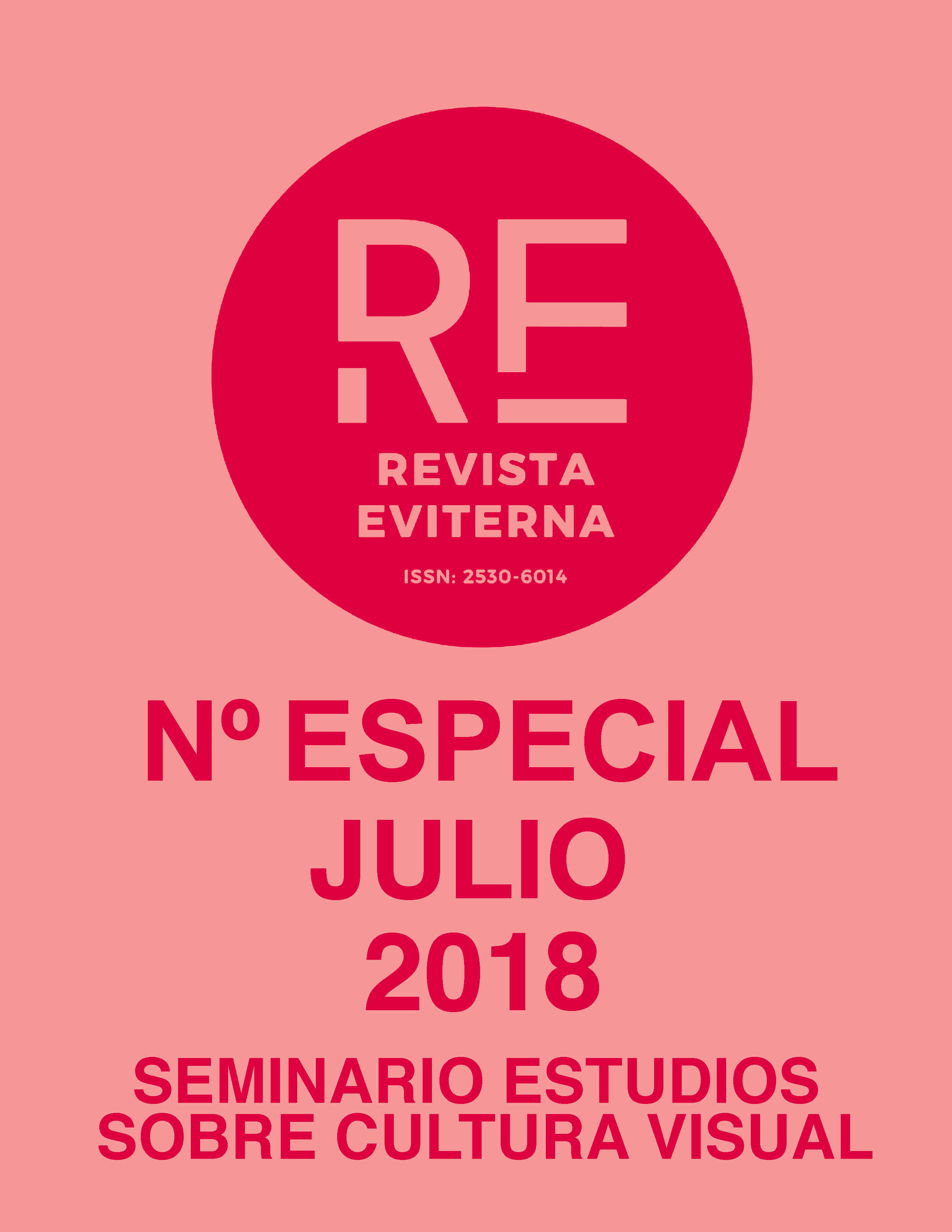The projective and publicist drawing. European women's jewelry and its creative process during the 18th century
DOI:
https://doi.org/10.24310/Eviternare.v0i0.8231Keywords:
Female jewelry, eighteenth century, identity, treaties, drawings, secondary sourcesAbstract
At the beginning of the 18th century, a modernization process characterized by the continuous refinement of vernacular forms and customs in matters of appearance can be observed in the main European capitals; understand these as the clothing apparatus, furniture and the different patterns of behavior. Paris, recognized as a reference point for good taste among European courts, exports its models since the end of the 17th century. However, it is from 1750 when a remarkable acceleration of the process of diffusion of French fashion is perceived through prints, drawings, treaties and the already popular poupé de mode1 [1] [2]. We observe, therefore, from the second half of the century, an outstanding tendency towards the homogenization of European fashion. In this sense, analyzing the costume and jewelry of the eighteenth century means assisting the process of acculturation of some groups whose behavior will set the tone for the rest of the population (Molina and Vega, 2004, p.10). The objective of this study is the presentation of the different sistems of current trends in women's jewelery, as well as the analysis of the different social and technical factors that intervene in their creative production.
Downloads
Metrics
Publication Facts
Reviewer profiles N/A
Author statements
Indexed in
-
—
- Academic society
- N/A
- Publisher
- Universidad de Málaga
References
ARANDA HUETE, A. (1993), “Dibujos de joyas de María Amalia de Sajonia”, Reales Sitios, nº 115, 1º trimestre, pp. 33-39.
ARANDA HUETE, A. (1998), “Dibujos de joyas para la boda de la Infanta María Luisa de Borbón, hija del rey Carlos III”, Reales Sitios, nº 137, 3º trimestre, pp. 44-53.
ARBETETA MIRA, L. (2003), El arte de la joyería en la colección Lázaro Galdiano. Madrid, Fundación Lázaro Galdiano y Obra Social y Cultural, Caja Segovia.
CERVAL, M. (1988), Dictionnaire international du bijou. Paris, Editions du Regard.
CODELUPPI, V. (2003), Che cosa è la moda. Roma, Carocci Editore.
DUFLOS, Claude-Agustin-Pierre (1767), Recueil de dessein de joaillerie: dédié à Monseigneur le comte de Saint-Florentin. París, chez Claude Duflos.
GARRIDO NEVA, R. (2013), “Dibujos de joyas para Pedro de Álcantara Pérez de Guzmán y Mariana de Silva, duques de Medina Sidonia” en Laboratorio de Arte: Revista del Departamento de Historia del Arte,Nº. 25, 2, pp. 559-579.
ELIAS, N. (2011), El proceso de la civilización. Madrid, S.L. Fondo de Cultura Económica de España.
JIMÉNEZ PRIEGO, T. (2001), “Agustín Duflos. «Joyero del Rey de España»”, Revistas Espacio,Tiempo y Formas, UNED, nº 14, pp. 113-145.
MOLINA, A., VEGA, J. (2004), Vestir la identidad, construir la apariencia. La cuestión del traje en la España del siglo XVIII. Madrid, Ayuntamiento de Madrid – Área de Gobierno de las Artes.
MONDON, Jean (1736-1751), Premier libre de pierreries pour la parure des dames: dédié à Madame T. D. J. par son tès humble et très obéissant serviteur. París, chez Claude Duflos, graveur rue des Noyers, chez Mr Hasté serrurier.
MULLER, P. (2012), Joyas en España, 1500-1800. Nueva York, The Hispanic Society of America.
POUGET, Jean-Henri-Prosper (1762), Traité des pierres précieuses et de la manière de les employer en parure.Paris, Pouget fils.
SCARISBRICK, D., VACHAUDEZ, Y J. WALGRAVE, J. (2007) Brilliant Europe: Jewels from European Courts. Bruselas, ING Belgium and Fond Mercator.
VAN DER CRUYCEN, L. (1770), Nouveau livre de desseins concernant les ouvrages de la joaillerie. París.
Downloads
Published
How to Cite
Issue
Section
License
All the contents published in Revista Eviterna are subject to the Creative Commons Reconocimento-NoComercia-Compartirigual 4.0 license, the full text of which can be found at <http://creativecommons.org/licenses/by-nc-sa/4.0>
They may be copied, used, disseminated, transmitted and publicly exposed, provided that:
The authorship and original source of your publication (Journal, editorial and URL of the work) are cited.
They are not used for commercial purposes.
The existence and specifications of this use license are mentioned.

Copyright is of two kinds: moral rights and patrimonial rights. Moral rights are perpetual, inalienable, inalienable, inalienable, inalienable and imprescriptible prerogatives.
In accordance with copyright legislation, Revista Eviterna recognizes and respects the moral rights of the authors, as well as the ownership of the economic right, which will be transferred to the University of Malaga for dissemination in open access.
The economic rights refer to the benefits obtained by the use or disclosure of the works. Revista Eviterna is published in open access and is exclusively authorized to carry out or authorize by any means the use, distribution, disclosure, reproduction, adaptation, translation or transformation of the work.
It is the responsibility of the authors to obtain the necessary permissions of the images that are subject to copyright.







12.png)



